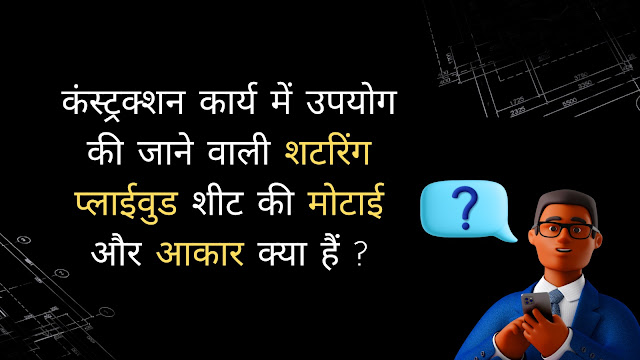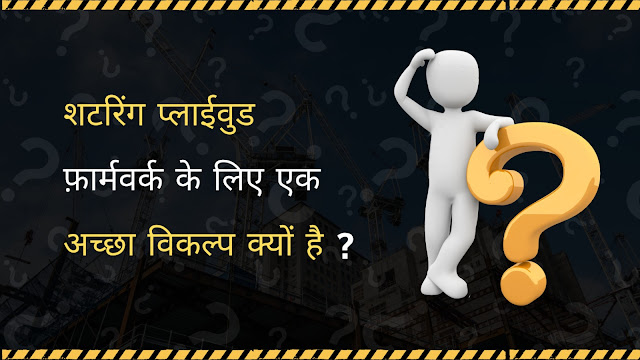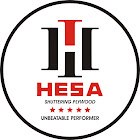प्लास्टिक शटरिंग प्लाईवुड निर्माण कार्यों में उपयोग के लिए क्यों उपयुक्त नहीं है, इसके कुछ प्रमुख कारण निम्नलिखित हैं-
कम मजबूती: प्लास्टिक शटरिंग प्लाईवुड में आमतौर पर पारंपरिक लकड़ी के शटरिंग प्लाईवुड की तुलना में कम मजबूती होती है। यह भारी कंक्रीट के दबाव को सहन करने में सक्षम नहीं हो सकता है, जिससे निर्माण के दौरान संरचनात्मक समस्याएं हो सकती हैं।
तापमान के प्रति संवेदनशील : प्लास्टिक तापमान परिवर्तन के प्रति संवेदनशील होता है। अत्यधिक गर्मी या ठंड में, प्लास्टिक शटरिंग प्लाईवुड विकृत या भंगुर हो सकता है, जिससे निर्माण कार्य प्रभावित हो सकता है।
सीमित पुन: उपयोग: हालांकि प्लास्टिक शटरिंग प्लाई को पुन: उपयोग किया जा सकता है, लेकिन इसकी पुन: प्रयोज्यता लकड़ी के शटरिंग प्लाईवुड की तुलना में कम होती है। यह बहुत से कारणों जैसे मौसम में अचानक बदलाब, अधिक गर्मी जैसी विसम परिस्तिथियों में जल्दी खराब हो सकता है, जिससे निर्माण लागत बढ़ जाती है।
पर्यावरणीय चिंताएं: प्लास्टिक का उत्पादन और निपटान पर्यावरणीय चिंताएं पैदा करता है। प्लास्टिक शटरिंग प्लाईवुड का उपयोग करने से प्लास्टिक कचरे में वृद्धि हो सकती है, जो पर्यावरण के लिए हानिकारक है।
उच्च लागत: कुछ मामलों में, प्लास्टिक शटरिंग प्लाई लकड़ी के शटरिंग प्लाईवुड की तुलना में अधिक महंगा होता है। यह निर्माण परियोजनाओं की कुल लागत को बढ़ा सकता है।
सतह की गुणवत्ता: प्लास्टिक प्लाईवुड से बनी सतह कंक्रीट की सतह की तुलना में इतनी चिकनी नहीं होती जितनी की लकड़ी कि प्लाई से बनी सतह होती है।
इन कारणों से, निर्माण परियोजनाओं में पारंपरिक लकड़ी के शटरिंग प्लाईवुड को आमतौर पर अधिक विश्वसनीय और टिकाऊ विकल्प माना जाता है।

































